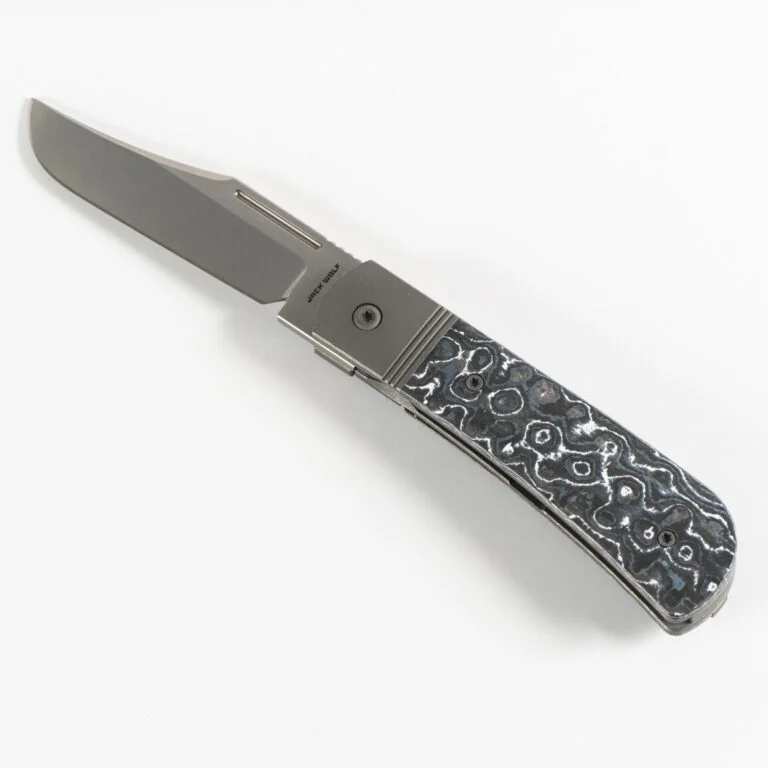iKnife Collector
The online community of knife collectors, A Knife Family Forged in Steel
1915-20 Case Bradford, PA "Lobster" Pocket Knife
This 2 blade case measures 2 1/4" closed and was produced in Bradford, Pa. The guy mention this it has been used, carried, and sharpened. The handles have no chips or cracks. Seem Blades are tight with very good snap. BUT BUT I never never never heard that word "Lobster". I don't see any pattern stamp. THAT come from Bradford, PA of Case company..... I did research, I can't find any history about this.. Why "Lobster" knife from Case company?
Add a Comment
-
Comment by Michelle "Fingers" DellaPelle on February 29, 2016 at 21:19
-
Dale
I see that. Probably you are right about "lobster" knife is a specific design from Case Company in Bradford, PA
-
In Memoriam Comment by D ale on February 29, 2016 at 20:46 -
As John has stated ... a "lobster" knife is a specific design ..or.. category ..or.. type of jack knife.
Re: this discussion & scroll to bottom of discussion.
One of the finest Sheffield cutlers of the early 19th century was James Crawshaw. Crawshaw was Master Cutler in 1828, and according to Sir Richard Philips, at this time, Crawshaw, or more correctly the men who worked for him, made the best pocket knives in Sheffield, and he was able to command high prices for them. Crawshaw was credited with numerous innovations and improvements, including the Lobster design.To this gentleman the trade is indebted for what is called the lobster knife, consisting of a spring, which instead of forming the back, as in the old method, is placed along the middle of the handle, and between the scales or sides of the knife, so that it works on each side, and hence admits of blades at each end, and even of any number of them. The mode of slitting the spring gave rise to many bladed knives in all their varieties.Crawshaw did not take out a patent on the Lobster design, and it was widely used in Sheffield, and later elsewhere.
To quote Bernard Levine:Traditional lobsters use Crawshaw's fragile single slit spring, but modern machine-made versions use a pair of more durable simple springs tabbed together back to back. Because its spring or springs are in the middle, a lobster pen knife always has its pivot pins set off to the sides of the long axis of the knife - hence the resemblance to the waving claws of a lobster.
Lobster pen knives are flat and lightly built...
-
Comment by Jan Carter on February 29, 2016 at 14:43
-
Michelle,
It may have been sharpened and used but it is in very nice shape!
-
In Memoriam Comment by John McCain on February 29, 2016 at 12:33 -
Michelle-Actually a "lobster" knife is actually a category of knife, just like a pen knife-(blades opening from both ends) and a jack knife (blades opening from one end). A "lobster knife" differs from a pen knife because of it's spring. A lobster knife has its spring or springs inside the middle of the handle. This allows it to have blades on both top and bottom of the handles, as well as one or both ends. A lobster pen knife ALWAYS has has it pivot pins set off to one side rather than centered on the handle on the long axis of the knife.These knives have many shapes and patterns, from yours to the EKA Swedish squared off style and varying numbers of blades.No definite reason while they are called lobsters, but it is suspected that a knife,especially shaped like yours with 2 blades 3/4 opened from the same end would resemble a lobster's fighting claws. BTW, Case offered various versions of this knife style over many, many years.( In other words, no specific pattern designated to a "lobster" pattern).
-
Featured Comment by Charles Sample on February 28, 2016 at 18:36 -
I believe it was for eating lobster. My guess is that the long file blade was for getting the meat out of the legs.
White River Knives
Latest Activity
© 2025 Created by Jan Carter.
Powered by
![]()

You need to be a member of iKnife Collector to add comments!
Join iKnife Collector